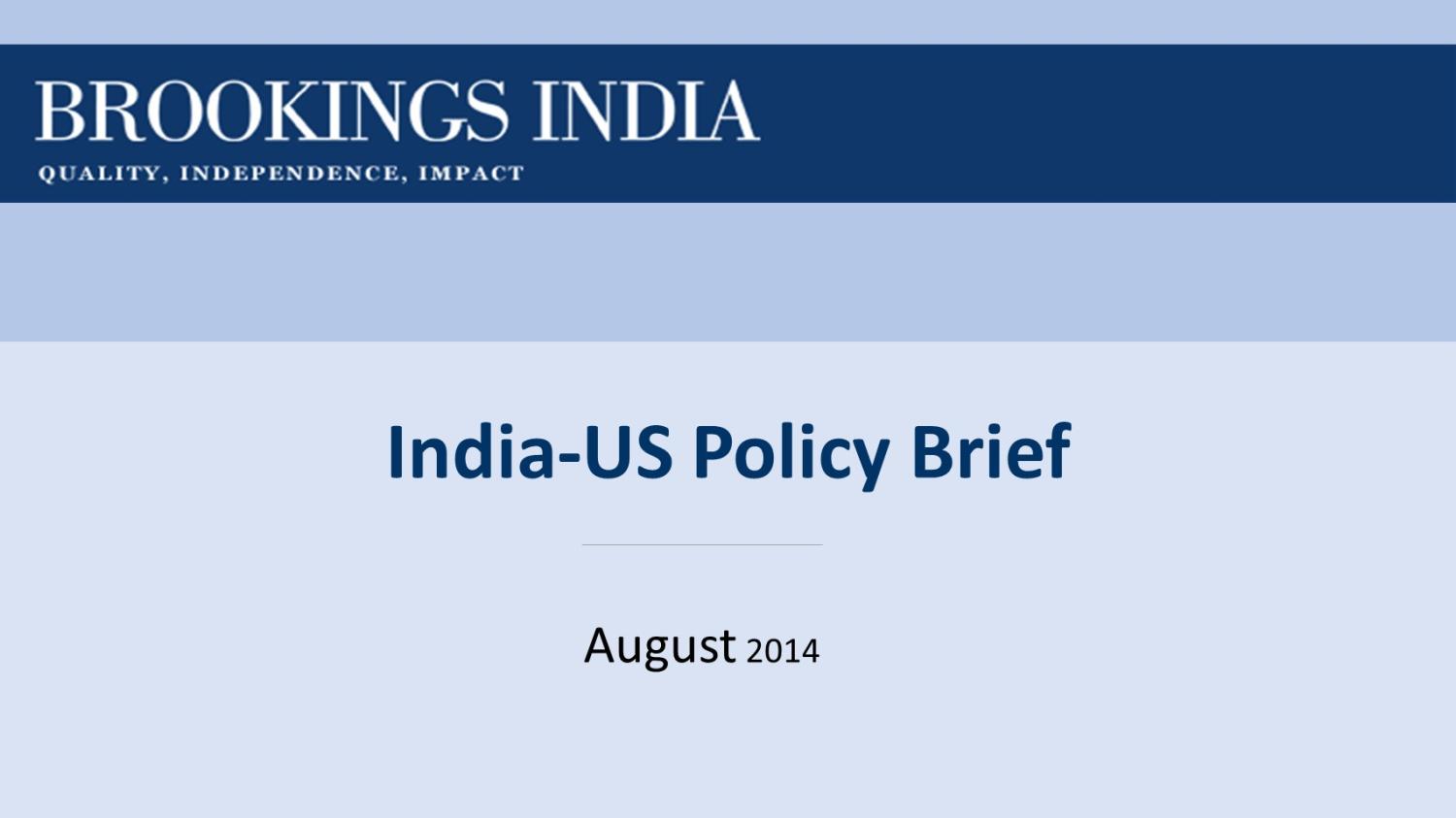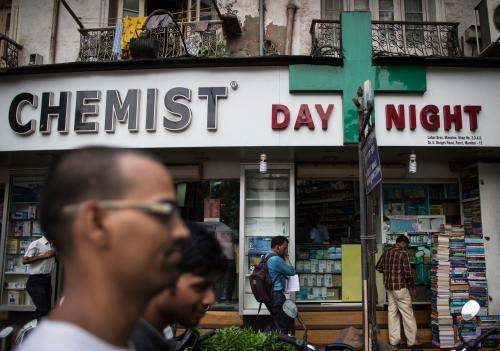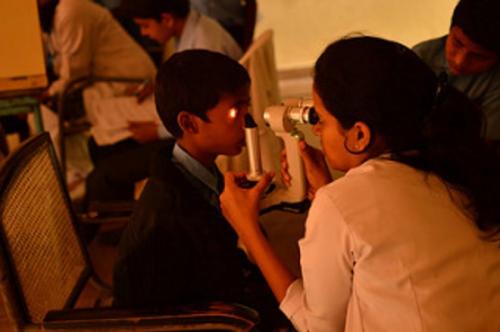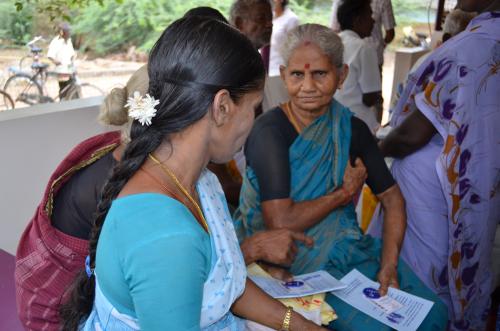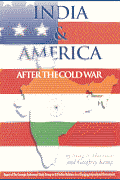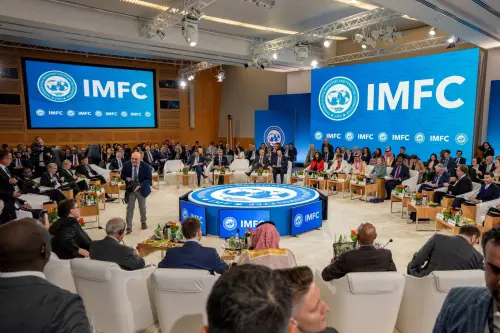Content from the Brookings Institution India Center is now archived. After seven years of an impactful partnership, as of September 11, 2020, Brookings India is now the Centre for Social and Economic Progress, an independent public policy institution based in India.
Both India and the United States have undergone major recent changes to enhance access to affordable health insurance. Prior to the passage of the Patient Protection and Affordable Care Act (known as “Obamacare”) in 2010, the United States had an estimated 51 million uninsured (approximately 16 percent of the total population); this number is expected to drop to approximately 11 million by 2020, largely through an expansion of public insurance programs and the offering of subsidized private insurance through health insurance exchanges. The goal of the expansion was both to increase access for all Americans and also to decrease cost and improve the quality of healthcare.
India, in turn, has undergone significant economic growth over the last decade, yet that growth has not improved the health of all Indians. In 2008, an estimated 53 percent of deaths in India were caused by noncommunicable diseases, which are defined as diseases of long duration and are generally slow in progression, such as cardiovascular disease, chronic respiratory diseases, cancer, and diabetes. Medical expenses push an estimated 63.2 million Indians into poverty every year largely fueled by the fact that over 75 percent of health expenditures are out of pocket. As healthcare demand has outstripped public supply, India has turned to demand-side subsidies through:
- State-specific schemes such as Yeshasvini and Vajpayee Arogyasri Yojana;
- Janani Suraksha Yojana, an effort to promote hospital deliveries among poor pregnant women; and
- Rashtriya Swasthya Bima Yojana, the most recent large-scale effort.
The Rashtriya Swasthya Bima Yojana (RSBY) or National Health Insurance Program currently provides hospital insurance to individuals roughly in the bottom quartile of the asset distribution. Approximately 30 million households were enrolled by 2012 and insurance coverage is worth 30,000 rupees per household at empanelled hospitals. The value of the insurance is transmitted through a biometric smart card, thus ensuring that only the intended beneficiary is the recipient of services. In contrast to Obamacare, the RSBY has not been deployed across the entire country and uptake has been low in some parts of the country, but efforts are underway to promote uptake and overcome enrollment barriers.
Both countries are exploring evaluations of their respective insurance programs and there are several key areas which offer tremendous opportunities for collaboration, shared learning, and further activity.
Key Recommendations and Opportunities for Collaboration:
Understand and establish parameters for expansion of the RSBY program: The United States has recently undergone expansions with income-related subsidies for citizens above a certain income level; the RSBY program is for Indians below the poverty level; expansion with premiums for those above the poverty level could be a critical path for sustainability and potentially attract additional private-sector interest. India and the U.S. could work together to explore options for expansion including modeling potential subsidy targets as well as gauging interest from private-sector companies.
Develop a critical clinical data infrastructure for India: The use of a novel biometric process and the associated use of a RSBY card has yielded an unprecedented amount of data; the U.S. has also entered into the era of big data through the expansion of electronic health records. Common privacy concerns as well as high priority data standardization efforts offer great cross-country collaboration and learning. The U.S. has struggled with any biometric-type approach to public health insurance and could learn a great deal from RSBY’s deployment.
Establish goal of reduction of noncommunicable diseases (NCD) by 2025: It has been long understood that chronic diseases can ultimately stifle economic security through insurmountable healthcare costs as well as lost productivity. For India to continue to gain global economic power, it should implement an aggressive NCD reduction strategy. By targeting diseases such as cardiovascular disease and diabetes, India can rely on successful delivery system reform strategies such as those developed by emphasizing the roles of general practitioners and community health workers in the United States and other nations.
Normal
0
false
false
false
EN-US
X-NONE
X-NONE
/* Style Definitions */
table.MsoNormalTable
{mso-style-name:”Table Normal”;
mso-tstyle-rowband-size:0;
mso-tstyle-colband-size:0;
mso-style-noshow:yes;
mso-style-priority:99;
mso-style-parent:””;
mso-padding-alt:0cm 5.4pt 0cm 5.4pt;
mso-para-margin-top:0cm;
mso-para-margin-right:0cm;
mso-para-margin-bottom:10.0pt;
mso-para-margin-left:0cm;
line-height:115%;
mso-pagination:widow-orphan;
font-size:11.0pt;
font-family:”Calibri”,”sans-serif”;
mso-ascii-font-family:Calibri;
mso-ascii-theme-font:minor-latin;
mso-hansi-font-family:Calibri;
mso-hansi-theme-font:minor-latin;}
_______________________________________________________________________________
Kavita Patel is a fellow and managing director in the Engelberg Center for Healthcare Reform at the Brookings Institution. Patel leads research on delivery system reform, healthcare financing, physician payment reform, and healthcare workforce development.
_______________________________________________________________________________
